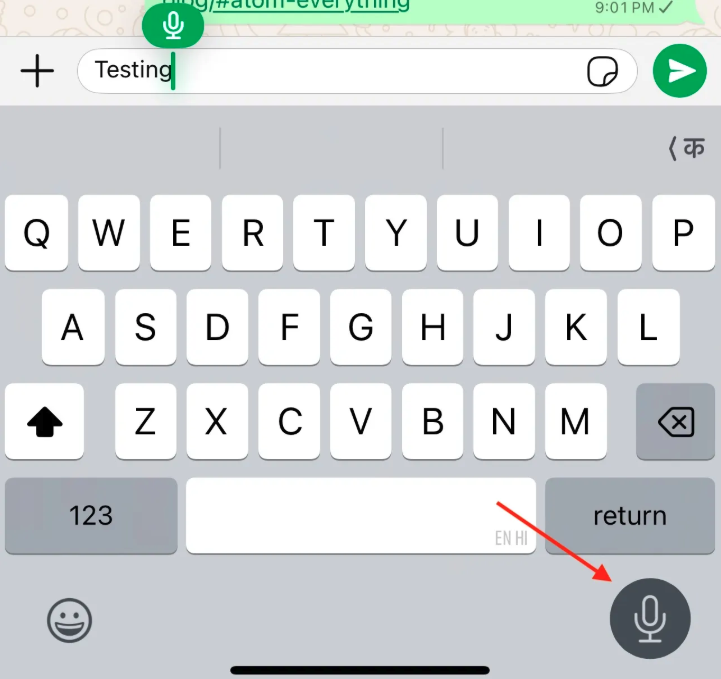What is Spaced Repetition (SR)?
Claude says:
Spaced repetition is a learning technique that involves reviewing information at gradually increasing intervals. Here's how it works:
When you first learn something new, you review it fairly soon (like the next day). If you remember it well, you wait a bit longer before the next review (maybe 3 days). If you still remember it well, you extend the interval further (perhaps a week, then two weeks, then a month).
The key principles behind spaced repetition are:
- The spacing effect: Information is better remembered when studying is spread out over time rather than crammed into a single session.
- The testing effect: Actively recalling information strengthens memory more effectively than passive review.
This may not sound revolutionary. After all, some version of this is how we prepared for our exams. But the important thing is that unlike the 90s, there’s an app for that (Anki, Mochi & others). The app handles the spacing and repetition, making it more practical, reliable and scalable.
When I first learned about and used SR apps years ago, I thought, “Wow! It would have been great to have this in school. This will be great for the boys in a few years.”
I never used the technique until last year when I used Anki for homeschooling the kids in Hindi. You can get many ready-made decks (free & paid) on the Anki website, but creating your own (necessary for specific requirements) was a chore, and I stopped after a few months.
I thought SR was for students until I saw a Dwarkesh Patel podcast with Dan Shipper using it to learn more broadly. It wasn’t limited to coursework or vocabulary but included concepts. He claims it allows for better understanding of linkages and patterns over time.
But what had my jaw drop was that he used Claude / ChatGPT to create the cards! Of course. Just throw in the material you are learning into Claude, ask it to create SR cards for the material and you’re done.
It may need some editing or creating additional cards, but it’s generally good enough. It can even output in Anki file format. Rope in an AI and the amount of knowledge you can include in your SR system just explodes.
While researching this piece, I revisited Alexey Guzey’s original post that introduced me to the concept. I didn’t remember this, but the first thing he talks about is to use SR for instilling novel thought patterns.
Front card:
saying no
Back card: If I want to say no, I will stop and make sure this is not just status quo bias (coz it probably is)
Status quo bias sucks. Does this one solve it? Beautifully so. Although several months had passed before it finally kicked in, the number of times I noticed saying “no” out of status quo bias, then having this thought come up and make me retroactively reverse the initial “no” is in the tens already.
Will this work? I am not sure, but between how Dwarkesh is using SR and this, I feel the case for having my own SR system is growing stronger. Hopefully, I’ll have an update in a few weeks.
How do you train?
Tyler Cowen’s post inspired by David Perell planted another bug in my brain.
“Athletes train. Musicians train. Performers train. But knowledge workers don’t.”
Recently, one of my favorite questions to bug people with has been “What is it you do to train that is comparable to a pianist practicing scales?”
If you don’t know the answer to that one, maybe you are doing something wrong or not doing enough. Or maybe you are (optimally?) not very ambitious?
Here’s his answer. Of course, I didn’t know the answer to that one.
Watching Andy Matuschak study Quantum Mechanics with Dwarkesh Patel (who else?) led to a few realisations.
Having the right tools and workflows and being good at them is a huge productivity unlock. In the video, Andy uses custom software that allows him to do much more, faster. He reads, creates SR cards, and reviews material on the fly.
He also knows how to put mathematical symbols in his notes, making useful cards so much more quickly.
What is the difference in learning between someone manually revising from a textbook before an exam (as I used to do) and someone using a custom SR system, AI-generated SR cards, and a workflow to push those cards daily? Huge.
This year, I plan to practice getting better with the keyboard. How long can I work on my desktop without touching the mouse? To switch between windows and apps, and use functions within apps?
Sure, I can do Ctrl + C and Ctrl + V. But can I effortlessly do Alt + E + S + V + F (Paste Special > Formulas in Excel)? Can I do 50 other menu actions across multiple programs? Can I set up workflows for routine processes and use AI to automate?
The second thing that struck me was the depth of his learning approach. Sure, it’s a tough topic, but he spent 20+ min on the first page, asking questions, drawing connections, testing himself, and revising. I don’t recall engaging with my coursework so diligently.
The last thing that occurred to me is how important and hard it is to learn these hacks/tricks/workflows. Some people just know and others never do.
Here’s a great resource for this “tacit knowledge.” I’m glad someone recognised the importance of the concept, named it, and created a knowledge base.
